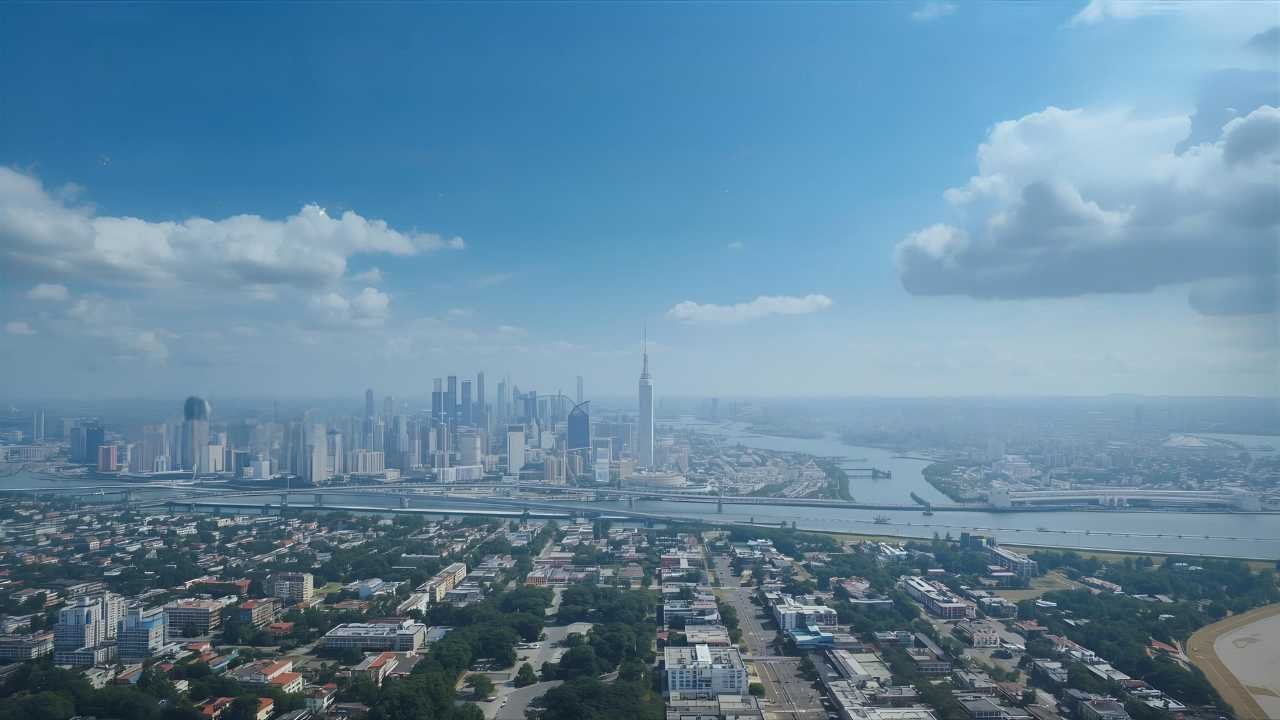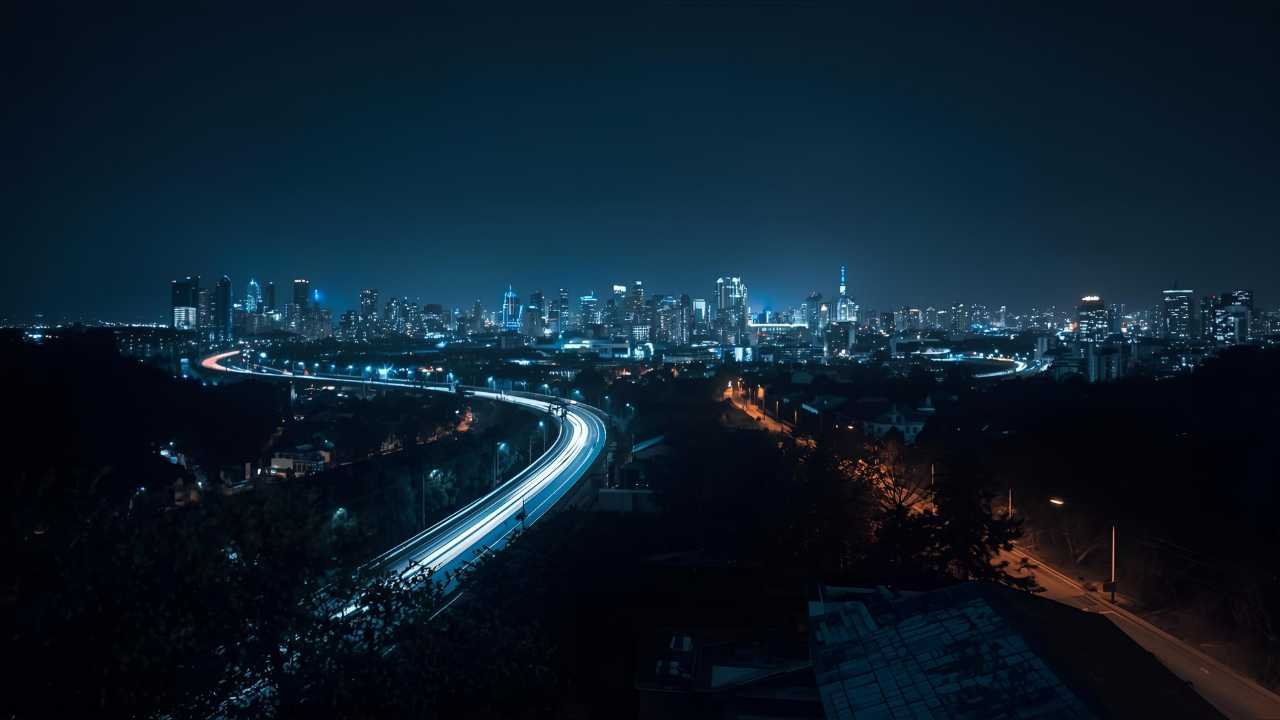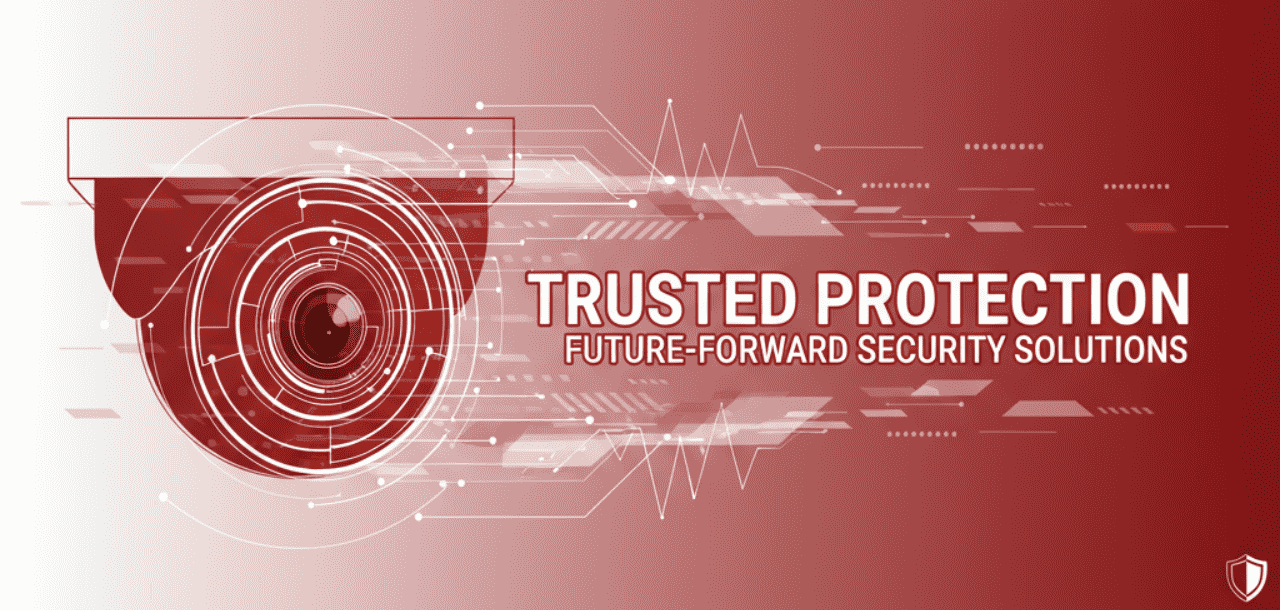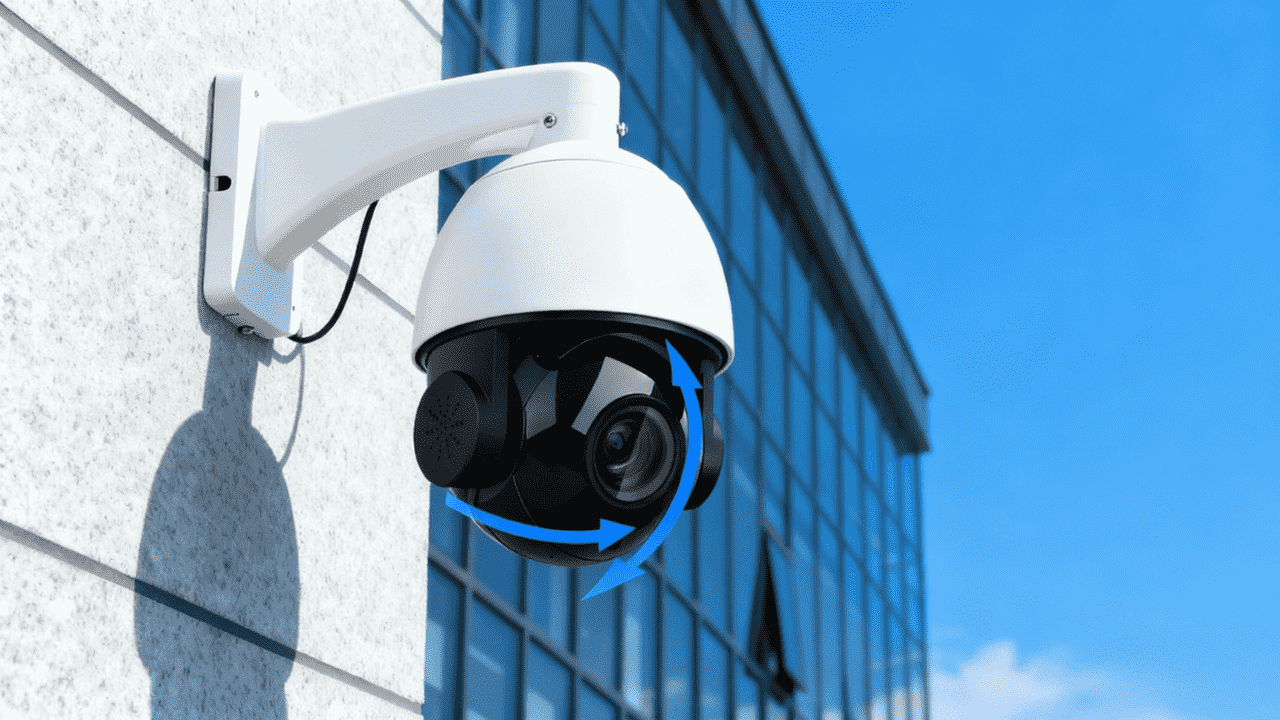In the realm of security and surveillance, high-traffic areas—airports, stadiums, busy intersections, and shopping malls—pose unique challenges. Crowds, constant movement, and large physical spaces demand surveillance systems that can adapt, cover vast areas, and capture critical details without blind spots. PTZ tracking cameras have emerged as a popular solution, but do they live up to the hype in these dynamic environments? Let’s dive into their capability, real-world applications, and data-backed insights to find out.
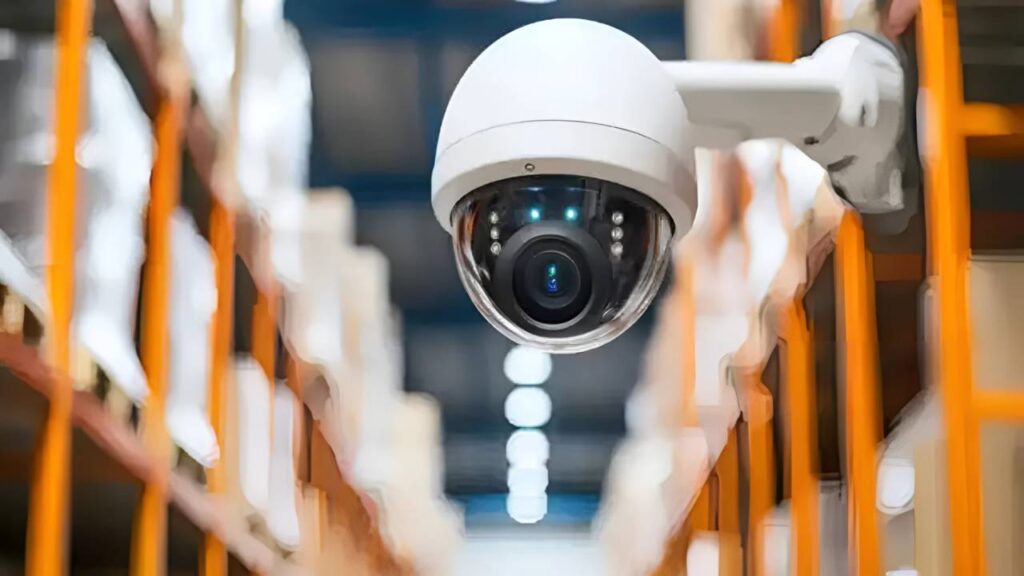
Why PTZ Tracking Cameras Stand Out in High-Traffic Settings
AI surveillance PTZ is designed for versatility—they can pan (swivel horizontally), tilt (move vertically), and zoom (magnify distant objects) remotely or via automation. This flexibility addresses three key pain points in high-traffic areas:
- Wide Coverage with Fewer Devices: Unlike fixed cameras, outdoor PTZ tracking camera can monitor multiple zones (e.g., a parking lot entrance, a crowd gathering, and a exit) by adjusting its position. This reduces installation costs and clutter.
- Rapid Response to Events: Security teams can zoom in on suspicious activity (e.g., a lost child in a mall or a fender bender at a junction) in real time, even if the incident occurs far from the camera’s initial view.
- Adaptability to Changing Conditions: From tracking a moving individual in a stadium to monitoring crowd flow during a concert, PTZ cameras dynamically adjust to evolving scenarios.
Real Success Case Studies from Abroad
London Heathrow Airport: Managing Passenger Flow and Security
London Heathrow, one of the world’s busiest airports (serving over 78 million passengers annually pre-pandemic), relies heavily on PTZ cameras in its terminals and baggage areas. According to a 2023 report by the UK’s Airport Operators Association, PTZ systems reduced security response times by 40% during peak hours.
Heathrow’s security team uses PTZ cameras to:
- Track passenger bottlenecks at check-in desks and adjust staff deployment.
- Zoom in on unattended luggage (a critical threat in aviation).
- Cover large gate areas where fixed cameras would leave blind spots.
Times Square, New York: Crowd Control and Public Safety
Times Square averages 50 million visitors annually, making it one of the most congested public spaces globally. The New York Police Department (NYPD) upgraded its surveillance network in 2022 with 4K PTZ cameras, and the results were striking:
- Crime detection rates increased by 27% compared to fixed cameras, as PTZ units could follow suspects through crowds.
- During New Year’s Eve celebrations (with over 1 million attendees), tracking CCTV PTZ helped monitor crowd density, preventing overcrowding incidents.
- Emergency services used live PTZ feeds to navigate through crowds during medical emergencies, reducing response times by 15 minutes on average.
Tokyo Stadium: Enhancing Fan Safety at Sporting Events
Tokyo Stadium, a venue for the 2020 Olympics, deployed PTZ cameras to manage crowds of up to 50,000 spectators. A post-event analysis by the Japan Sports Agency found that:
- AI surveillance PTZ identified 90% of potential safety hazards (e.g., fights, medical emergencies) that fixed cameras missed.
- Remote operators could zoom in on ticket scanners to detect counterfeit tickets, reducing fraud by 35%.
Data-Backed Benefits: What Studies Show
A 2024 study by the International Security Journal compared PTZ cameras to fixed and panoramic cameras in high-traffic environments. Key findings included:
- PTZ cameras covered 3x more area than fixed cameras of the same resolution.
- Operator satisfaction was 68% higher with PTZ systems, as they reduced the need to monitor multiple fixed camera feeds.
- In busy urban intersections, PTZ security CCTV cameras improved traffic violation detection (e.g., red-light running) by 52% due to their ability to track moving vehicles.
Limitations to Consider
While PTZ cameras excel in high-traffic areas, they aren’t without drawbacks:
- Bandwidth Usage: Constant panning, tilting, and zooming can strain network bandwidth, especially with 4K or 8K models.
- Mechanical Wear: Moving parts may require more maintenance than fixed cameras, particularly in dusty or humid environments.
- Latency Risks: In large systems, remote control of PTZ functions can suffer lag, delaying responses to fast-moving events.
Conclusion: PTZ Security CCTV cameras Are a Strong Choice for High-Traffic Areas
For environments with constant movement, large spaces, and the need for dynamic monitoring, PTZ cameras offer unparalleled flexibility. Real-world 案例 from Heathrow, Times Square, and Tokyo Stadium, combined with data showing improved response times and coverage, confirm their effectiveness.
To maximize results, pair PTZ tracking cameras with AI-driven analytics (e.g., motion tracking, crowd density alerts) and ensure your network can handle the bandwidth. With the right setup, PTZ cameras aren’t just good for high-traffic areas—they’re often the best solution.

